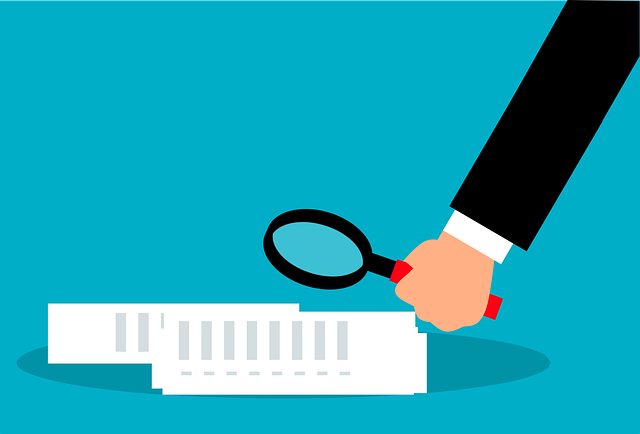What are Remote Access Trojans (RATs)?
Remote Access Trojans or RATs are malicious software disguised as legitimate programs that grant attackers unauthorized remote access and control over a victim’s device.
If a hacker injects a Remote Access Trojan (RAT) onto a device, it has a potential impact on privacy and security. The infected computer can be secretly watched, sensitive information can be stolen, and even worse, this device can be used to launch attacks on other assets of the network.
How do hackers use Remote Access Trojans (RATs) to hack systems?
Like every other attack, one of the key methods implemented by any hacker is the Cyber Kill Chain. Attackers deliver RATs embedded via infected USB sticks, exploiting a third-party integrated solution, or even via clicking malicious links on the intranet (via emails, etc.). There are still ICS environments where checking emails on OT systems is ongoing. The rationale is that email filters only allow attachments from internal sources and don’t allow outside files to be downloaded/clicked.
Capability of Remote Access Trojans (RATs)
RATs have the following capabilities:
- Steal data: Passwords, financial information, files, sensitive documents, etc.
- Install additional malware: Expand their foothold and launch further attacks.
- Disrupt operations: Disable essential processes, encrypt data or delete files.
- Launch cyberattacks against others: Use the infected device as a platform for DDoS attacks or targeted assaults.
How to protect critical infrastructure from RATs?
Protecting critical infrastructure or an ICS/OT system is of high importance. Below are the steps for protecting ICS/OT systems from RAT attacks:
- Implement a Defense-in-Depth Strategy:
- Network security: Firewalls, intrusion detection/prevention systems (IDS/IPS), web filtering, network segmentation, and secure configurations.
- Endpoint security: Antivirus/antimalware with real-time protection, application whitelisting/blacklisting, endpoint detection and response (EDR), and system hardening.
- Email security: Secure email gateways, multi-factor authentication (MFA), user awareness training on phishing, and email sandboxing.
- Patch management: Promptly apply security updates to operating systems, applications, and firmware.
- Vulnerability management: Regularly scan for vulnerabilities and prioritize patching critical ones.
- User Education and Awareness:
- Train employees to identify suspicious emails, downloads, and website behavior.
- Emphasize the importance of strong passwords and MFA.
- Promote a culture of security awareness and encourage reporting suspicious activities.
- Continuous Monitoring and Threat Intelligence:
- Track evolving RAT threats and attack methods.
- Use security information and event management (SIEM) tools to centralize log data and identify anomalies.
- Implement threat intelligence feeds to stay ahead of emerging threats.
- Incident Response and Recovery Planning:
- Have a plan for detecting, containing, and responding to RAT infections.
- Back up data regularly and test recovery procedures.
- Establish communication protocols for notifying stakeholders and managing incidents.
- Zero Trust Principle:
- Implement least privilege access controls to limit user and application permissions.
- Verify and authenticate every access attempt, regardless of origin.
- Continuously monitor user activity and behavior.








